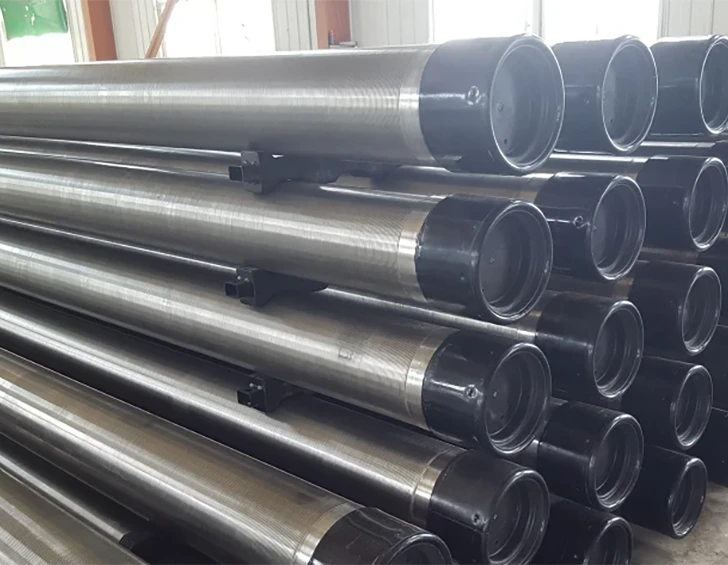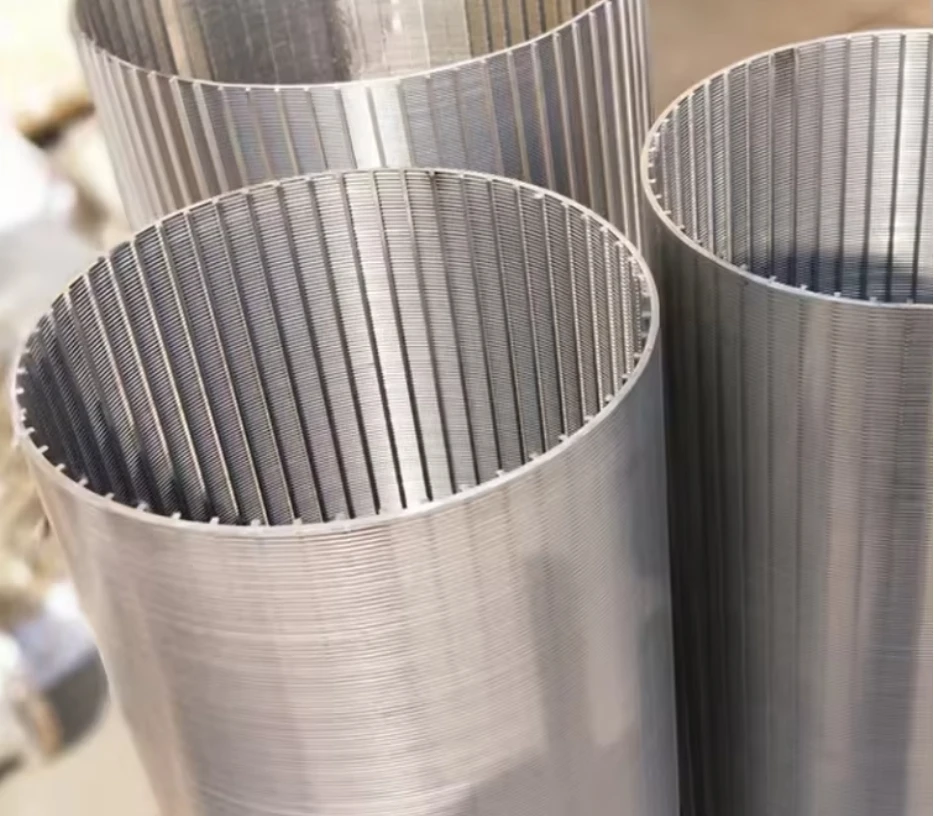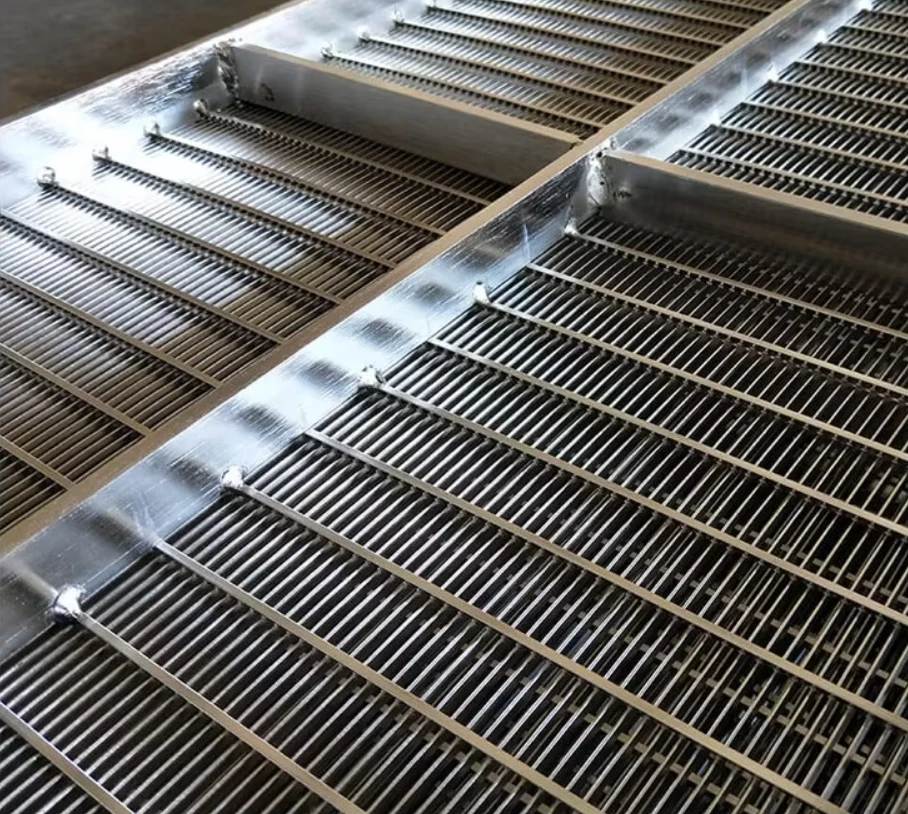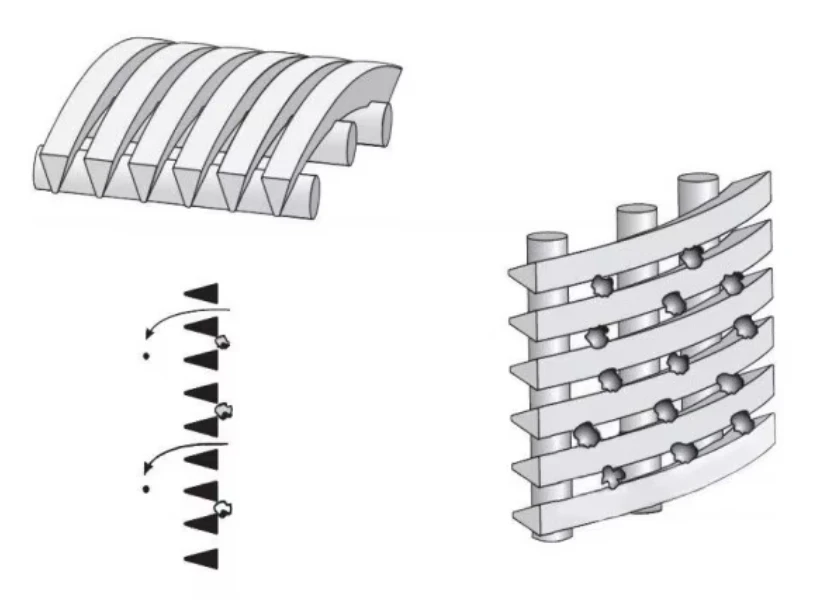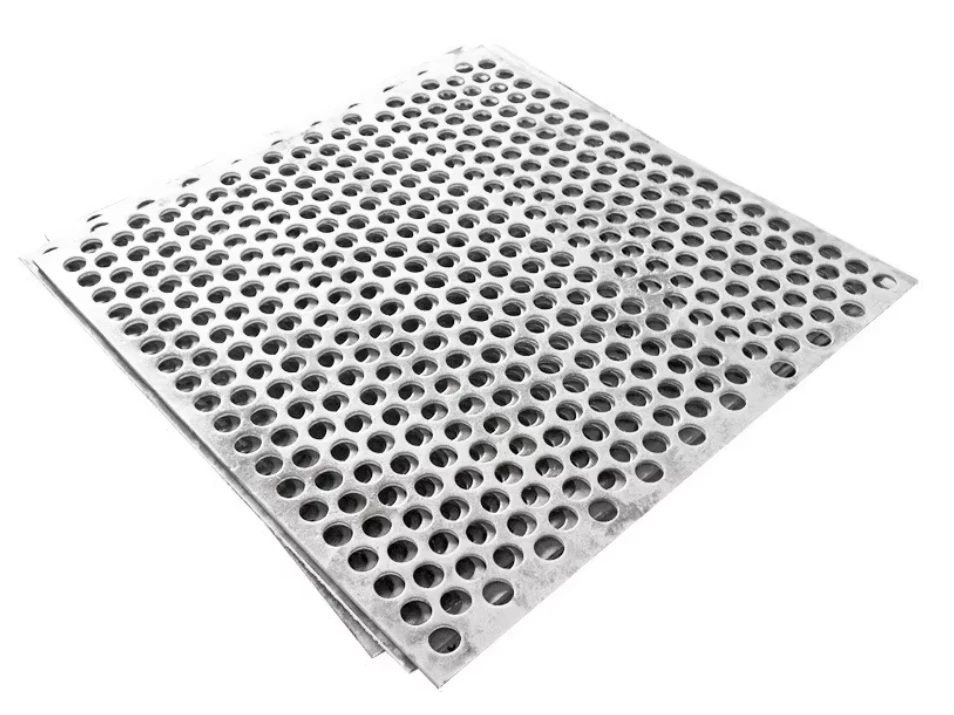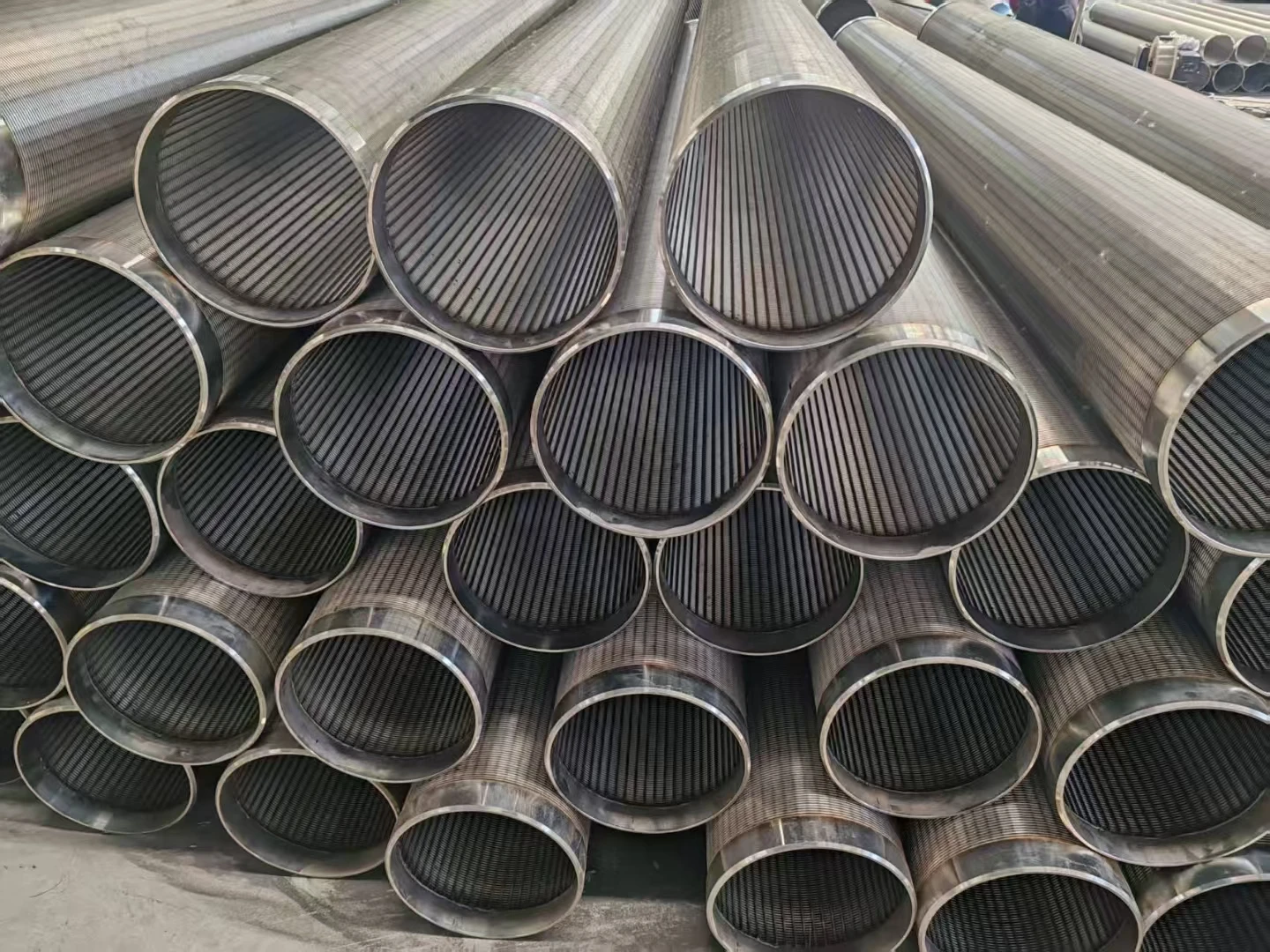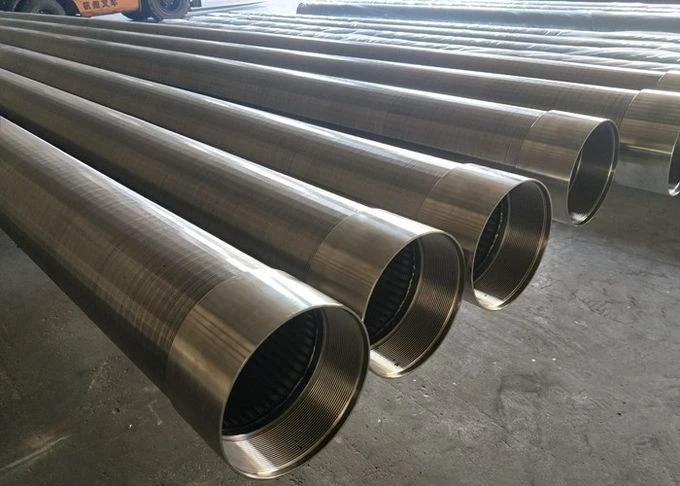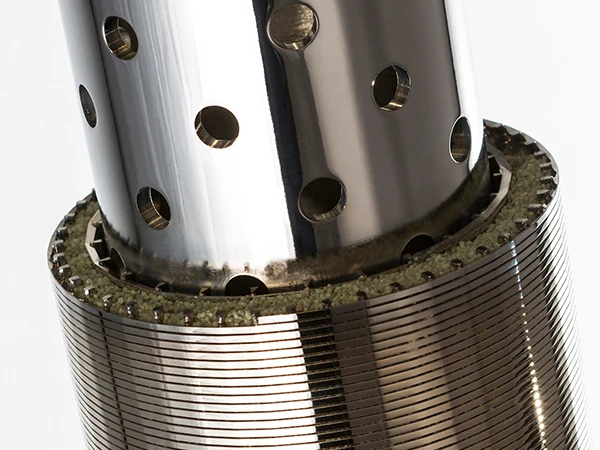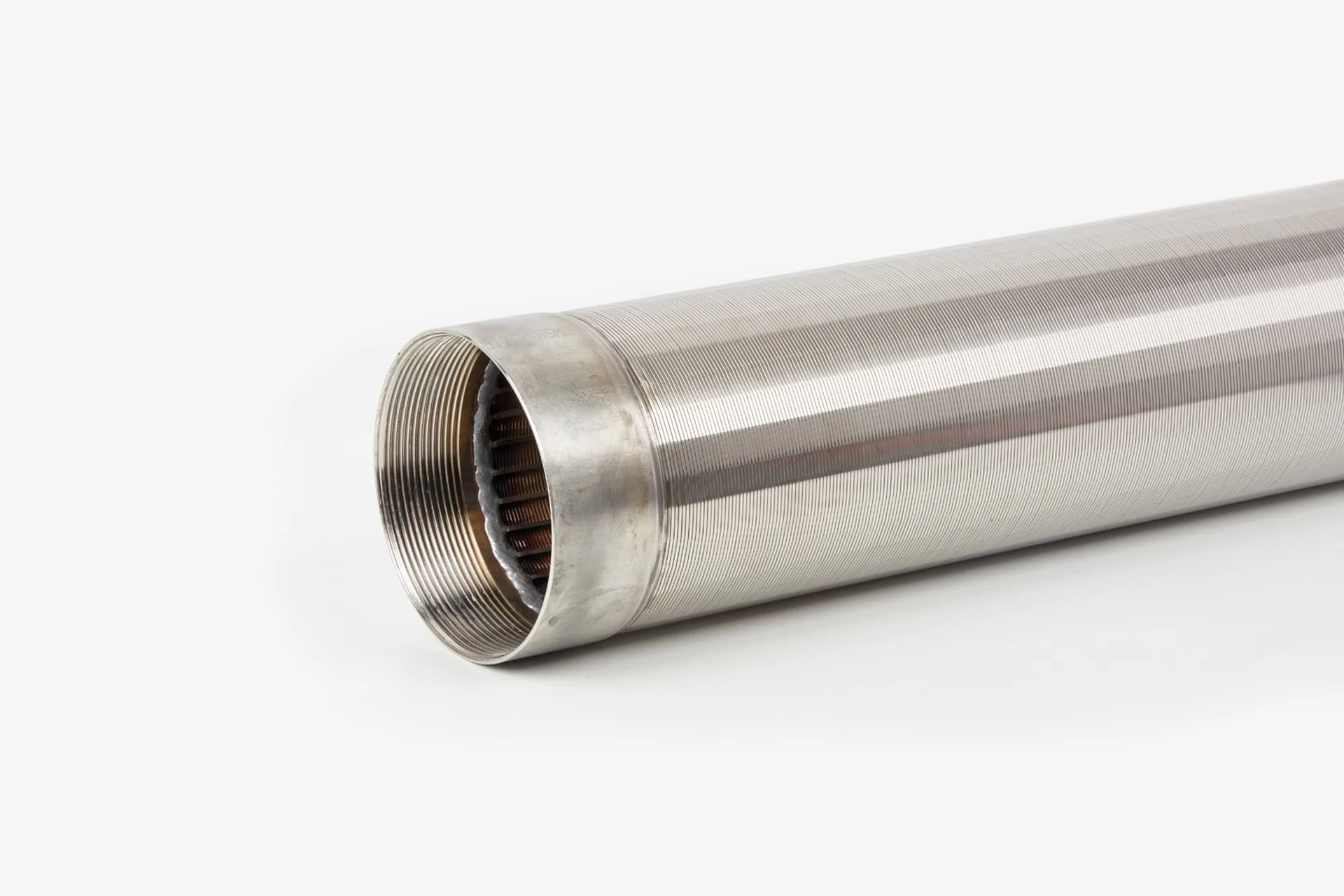- Fundamentals of gravitational separation in mining
- Key technical advantages and performance metrics
- PU screen panel properties and material science
- Manufacturer technology comparison data analysis
- Custom engineering solutions for specific applications
- Operational case studies across industries
- Future developments in separation technology

(what is jigging method)
Understanding the Jigging Method in Mineral Processing
Jigging represents a fundamental gravity separation technique that exploits density differentials between materials. In mining operations, raw ore enters the jig chamber where precisely controlled pulsating water flows create repeated expansion and compaction cycles. This action stratifies particles - denser minerals migrate downward while lighter gangue materials rise upward. Modern jigs incorporate programmable stroke controls achieving 50-300 pulsations per minute, with particle size handling ranging from 0.5mm to 50mm depending on application requirements.
PU screen panels form the critical separation surface where stratification occurs. These polyurethane components feature specifically engineered aperture geometries that withstand continuous hydraulic pressure while maintaining precise particle segregation. Unlike traditional steel screens that deteriorate within months, advanced PU formulations demonstrate a minimum operational lifespan of 18 months in abrasive environments. The screen's open area percentage (typically 35-55%) directly determines throughput capacity, making panel design a critical operational variable.
Operational Advantages and Technical Superiority
Modern jigging installations deliver measurable operational improvements versus competing separation technologies. Industry data reveals recovery rates of 92-97% for target minerals when using properly configured jig systems, compared to 78-85% for traditional flotation methods under identical conditions. Additionally, jigs consume only 0.15-0.3kWh per ton processed – approximately 40% less energy than equivalent dense media separation circuits.
Specific benefits of PU screen panels include their resistance to both abrasion and corrosion, significantly reducing replacement frequency. Laboratory testing indicates these panels maintain dimensional stability through 9,000+ operational hours even when processing magnetite or garnet concentrates. The hyper-elastic nature of polyurethane creates a natural tensioning effect that prevents particle blinding - a common failure point in metal screens affecting 23% of mineral processing operations globally according to industry audits.
Performance Comparison of Leading Technologies
| Manufacturer | Stroke Control | Max Capacity (tph) | Panel Life (months) | Energy Use (kWh/t) |
|---|---|---|---|---|
| HeavyMin Systems | Full hydraulic | 150 | 18-24 | 0.28 |
| Sepro Gravity | Mechanical adjustment | 85 | 12-15 | 0.34 |
| KHD Humboldt | Air-piston hybrid | 200 | 22-28 | 0.24 |
| DELKOR APIC | Programmable pneumatic | 120 | 15-20 | 0.31 |
Technical audits demonstrate significant differences in operational lifespans between manufacturers. Systems with fully hydraulic stroke control typically show 17% longer mean time between repairs compared to mechanically adjusted alternatives. The data confirms that feed particle distribution directly impacts separation efficiency - installations processing material with over 35% fine fraction (-1mm) require specialized panel configurations to maintain recovery rates above 90%.
Tailored Solutions for Specific Mineral Applications
Custom jig configurations address unique operational challenges across different mineral types. Chromite recovery operations in South Africa employ wedge-wire PU panels with specially sloped profiles to handle heavy concentrate loads exceeding 8t/m²/hour. These designs increased concentrate grades by 12 percentage points compared to previous installations. For coal separation applications in Australia, modular panel systems with 45mm triangular apertures demonstrated 99% separation efficiency for 8-50mm particle ranges.
Specialized engineering addresses critical process variables including:
- Compensated panel tensioning systems prevent screen deformation under fluctuating loads
- Modular panel designs enable localized repairs without full replacement
- Aperture geometry optimization prevents near-size particle clogging
- Material compounding for specific slurry chemistries (pH 2-14 range capability)
Operational Case Studies Across Industries
Malaysian tin operations using jig technology with PU panels achieved 95.2% recovery of cassiterite from alluvial deposits - a 22% improvement over previous spiral concentrator installations. Operational data showed reduced maintenance requirements: panel replacement frequency decreased from quarterly to every 14 months, saving approximately $150,000 annually in spare parts and labor. The system processed 28.5 tons per hour with only 1.2% middlings generation, optimizing final product purity.
Canadian diamond recovery operations implemented modular jigs with specialized screen geometries to minimize damage to gem-quality stones. The 18mm round-hole PU panels reduced fracture rates to 0.8% compared to 4.3% previously experienced with steel screens. Additionally, these installations demonstrated water savings of 38% versus comparable dense media plants while maintaining recovery rates of 96.5% for +1.5mm stones.
Future Prospects in Mineral Separation Systems
Recent technological developments integrate smart monitoring systems directly within PU panel constructions. Embedded sensors track tension integrity, temperature fluctuations, and localized wear patterns - all factors that collectively predict screen life with 93% accuracy in pilot programs. This innovation could increase preventive maintenance efficiency by 30-45% across the industry. Additionally, nanoparticle-enhanced polyurethane formulations undergoing testing show potential to extend operational lifespans beyond 36 months in critical applications.
Continued advancement of the jigging method focuses on integrated AI control systems that dynamically adjust operational parameters in response to feed composition changes. Mining corporations report development initiatives targeting 7-11% throughput improvements in pilot installations through real-time pulsation adjustment. The combination of intelligent controls and durable PU screen panels establishes modern jigs as sustainable solutions meeting increasingly rigorous environmental compliance requirements globally.
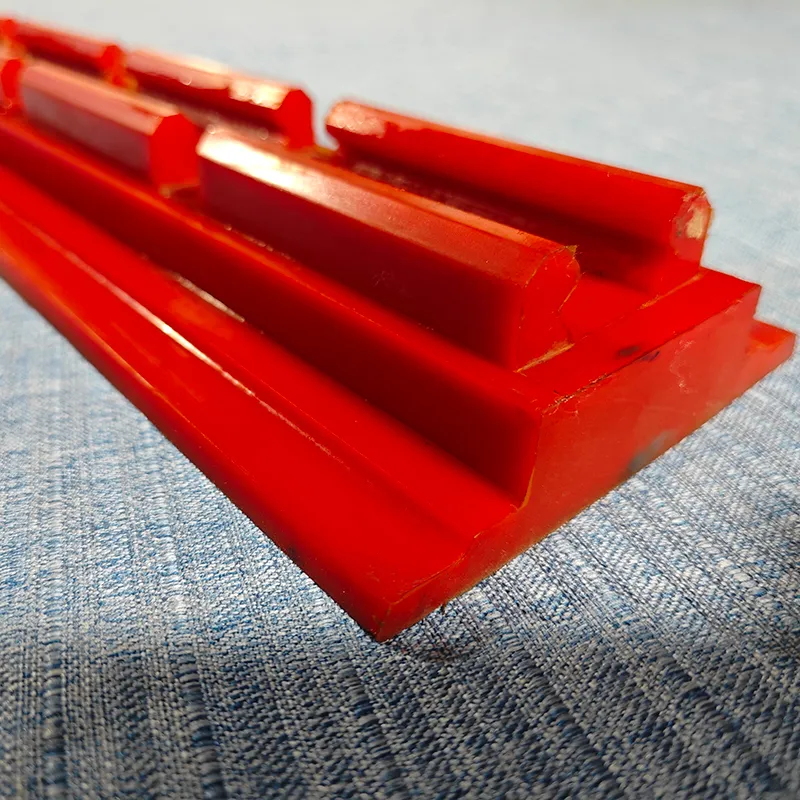
(what is jigging method)
FAQS on what is jigging method
What is the jigging method in mineral processing?
Q: What is the jigging method used for in mineral processing?
A: The jigging method is a gravity separation technique that separates particles by density using pulsating water flow. It is commonly used in coal washing and ore processing. The process relies on differences in material density to stratify and separate minerals.
How does the jigging method work with a PU screen panel?
Q: How does a PU screen panel function in the jigging method?
A: A PU screen panel acts as a durable, flexible sieve in jigging equipment, allowing water and finer particles to pass through while retaining heavier materials. Its abrasion-resistant properties ensure longevity in high-impact environments. This enhances separation efficiency and reduces downtime.
What are the advantages of using PU screen panels in jigging?
Q: Why choose PU screen panels over other materials for jigging?
A: PU screen panels offer superior wear resistance, flexibility, and longer service life compared to metal or rubber screens. They reduce maintenance costs and improve separation accuracy in jigging operations. Their resistance to clogging also ensures consistent performance.
What industries use the jigging method with PU screens?
Q: Where is the jigging method combined with PU screen panels applied?
A: Industries like mining, recycling, and coal processing utilize jigging with PU screens for material separation. These panels are ideal for handling abrasive ores and high-volume processing. They are also used in waste management for recovering valuable metals.
How to maintain PU screen panels in jigging systems?
Q: What maintenance practices extend the life of PU screen panels in jigging?
A: Regular cleaning to remove debris and inspecting for wear or tears ensures optimal performance. Avoid exposing PU screens to extreme temperatures or harsh chemicals. Proper installation and alignment also prevent premature damage.

